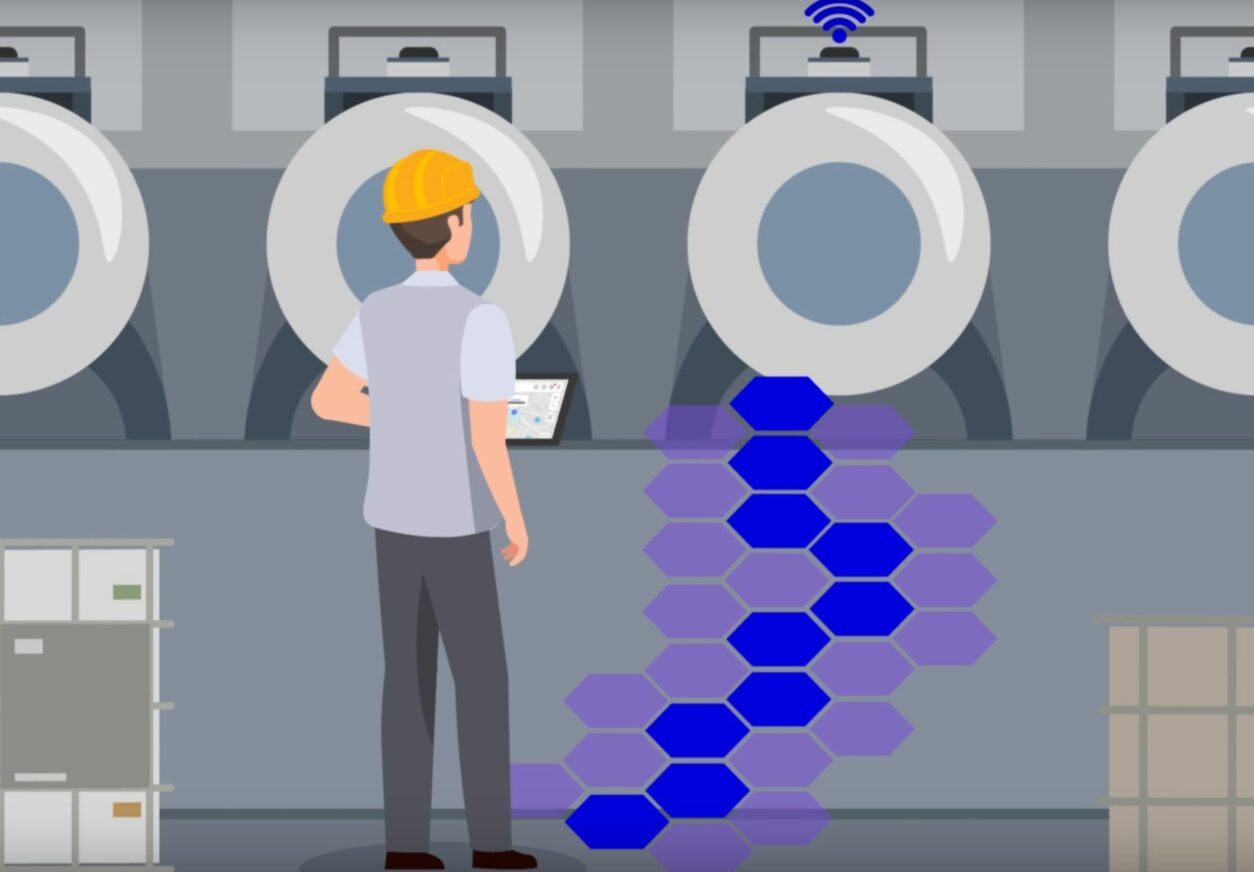What is short interval management (SIM)?
Short Interval Management (SIM) is a key tool in Lean Management. The objectives of this tool are to share common objectives, by defining indicators to visualise the dysfunctions and time losses generated by certain processes.
These short interval management are based on visual management to monitor performance indicators, called KPIs, and to monitor the performance of the site. These visual elements make it possible to identify performance gaps in real time in order to react quickly in the event of a problem.
What are the SIM steps?
The SIM process consists of repeated short cycles of identifying and implementing effective actions to improve performance. Each cycle consists of 4 steps, the first 2 are a review of the cycle that has just passed and the last 2 are in preparation for the next cycle:
- Review losses from the previous cycle to put in place effective actions to improve them,
- Review actions from the previous cycle to assess their effectiveness over the cycle,
- Identify risks associated with negative impact changes,
- Decide what actions to take to improve performance.
Thus, short interval management combines historical analysis of overall performance and actions taken, identification of future risks and planning for positive impact.
SIM meetings
The SIM is based on very short meetings, which take place on the production sites, between a limited number of people. These meetings are used to identify short-term problems and solutions that need to be implemented quickly.
These meetings, which generally do not take more than 10 minutes, are structured in 3 stages:
- Identify problems encountered in the past, and find potential solutions,
- Identify changes that may occur in production, and find solutions so that they do not negatively impact performance,
- Prioritise the actions to be taken by order of importance and impact.
For these meetings to be as effective as possible, it is important to focus on a targeted team of 3 or 4 people who are empowered to take direct action on the manufacturing process.
If a larger problem is identified in these short meetings, it should be sent up the chain of command for a separate meeting, without interfering with the SIM process.
What are the benefits of SIM?
The virtues of the SIM are multiple, as previously mentioned, it allows for real-time visualization of information in order to react quickly in case of a problem, but it also allows :
- To give back autonomy to employees,
- Align objectives on several levels of the production site in question,
- Avoid saturation of managers to facilitate decision making.
Due to these many advantages, this tool has really developed in the industries and has also been improved by the emergence of new digital tools.
The emergence of digital SIM
Like many Lean Management tools in industry, SIM now uses new technologies to improve its efficiency. The dematerialisation of supports thanks to specialised software has thus enabled better sharing of information between players, real-time visibility of performance indicators, to be more agile in the face of customer demands, and an increase in the collective intelligence of the site.
The emergence of digital SIM promotes a culture of continuous improvement and operational excellence. In addition, it is a participative management method that allows employees to gain autonomy.
How to implement the SIM?
Roadmaps are available to assist in the implementation of SIM. Key steps include identifying a pilot area, defining the relevant performance indicators for the production site, checking the accuracy and quality of the data, and creating a monitoring tool.
Furthermore, if you are looking to implement short interval management, it has become essential to integrate operational technology to significantly improve performance.
Written by Emma Guignard







